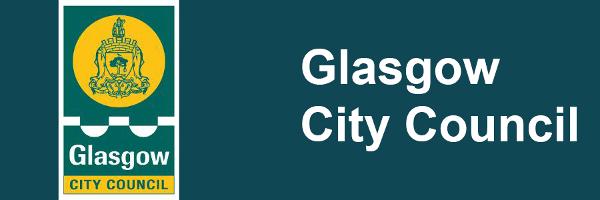82 Hectare Expansion for Local Nature Reserves
Published: 18 January 2024
Glasgow has designated an additional 82 hectares of land as Local Nature Reserves to benefit city wildlife and residents.
 |
Almost 82ha more land will be managed as Local Nature Reserves (LNRs) to give nature a helping hand and provide more city residents with access to the natural environment. LNRs are protected areas of land designated by a local authority because of their special natural interest and/or educational value. |
Glasgow already has 12 LNRs providing valuable habitat and food for an array of birds, pollinators, amphibians and mammals. They include Cathkin Braes, Hogganfield Park and Hamiltonhill Claypits. LNRs also offer people opportunities to escape the hustle and bustle of the city, spot wildlife and learn more about biodiversity.
Nine additional areas, including four within the Seven Lochs Wetland Park, have now been designated as LNRs as part of the council's ongoing environmental efforts. They include:-
- An extra 7.5 hectares at Commonhead Moss, where around 18ha have been an LNR since 2009,
- 4.5ha at Festival Park, Govan
- 16ha at Cleddans Burn, Drumchapel, which includes Drumry Wood
- 15ha at Hurlet Hill (beside Hurlethill Plantation)
- Almost 10ha at Todd's Well, Easterhouse
- An additional 3.4ha at Cardowan Moss, Garthamlock, where over 52ha have been an LNR since 2006
- Almost 16ha extra at Dawsholm Park, Maryhill, where around 27ha have been an LNR since 2007
- An additional 7ha at Bishop's Loch, where 25h have been an LNR since 1995
- 2.2ha at Bingham's Pond, Kelvinside
Councillor Angus Millar, Glasgow's Convener for Climate, said: "I'm delighted to confirm the designation of nine further Local Nature Reserves for Glasgow.
"Designating additional land as Local Nature Reserves is a vital part of our response to the climate and ecological emergency, protecting local natural habitats and helping to preserve safe and responsible access to nature for Glasgow's citizens.
"It has been shown that connecting with nature is great for our physical and mental wellbeing and can enhance our quality of life - with urban environments being generally noisy and busy places, everyone needs greenspaces where they can get outdoors and experience nature.
"Local Nature Reserves are also important for Glasgow's iconic species such as peregrine falcons, otters, the purple hairstreak butterfly and water voles. It is imperative that we work to protect them and give nature space to flourish, while boosting biodiversity and helping with wider issues like flood prevention, air quality and tackling global warming."
Glasgow City Council worked with Scotland's nature agency, NatureScot, on the official designation of this additional land.
Kerry Wallace, NatureScot's Head of Operations for West Central, said: "The addition of these new Local Nature Reserves is great news and will bring many benefits for both people and nature in Glasgow. We know how important access to nature and green spaces is for health and wellbeing and this will give residents more opportunities to enjoy and value nature close to home. These spaces will also protect and connect greenspace in the city, helping to tackle the biodiversity loss and climate change crises."




